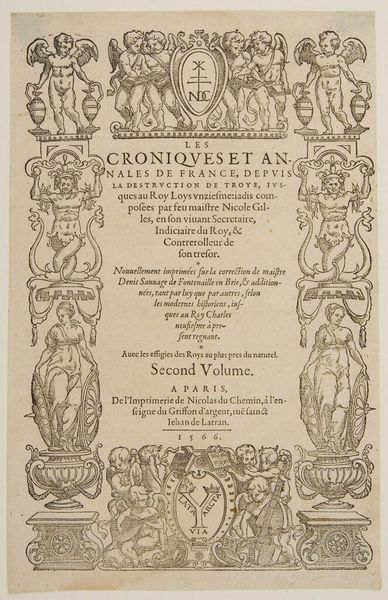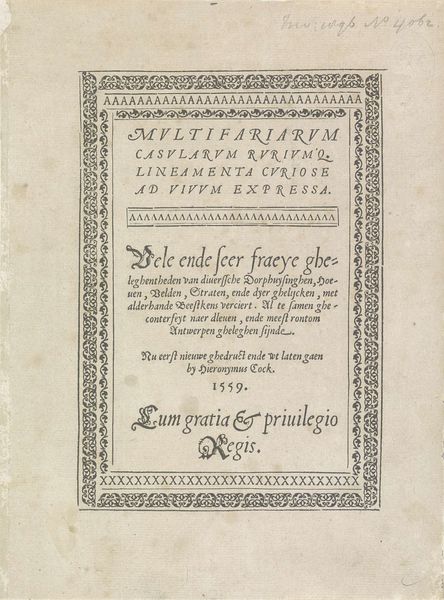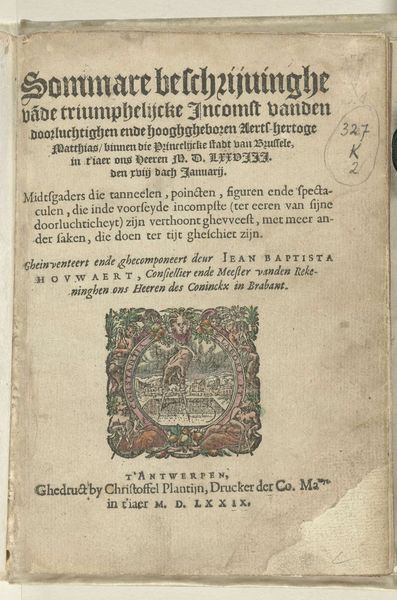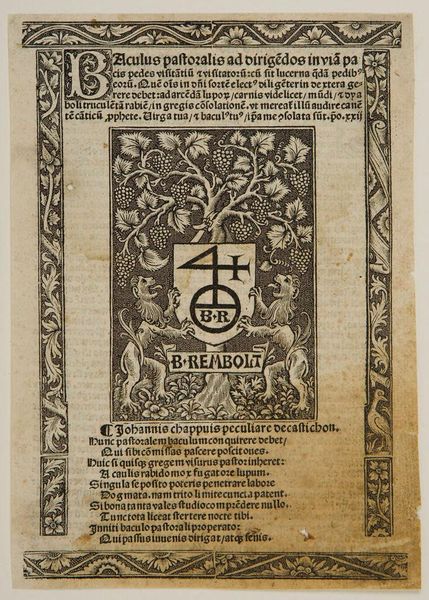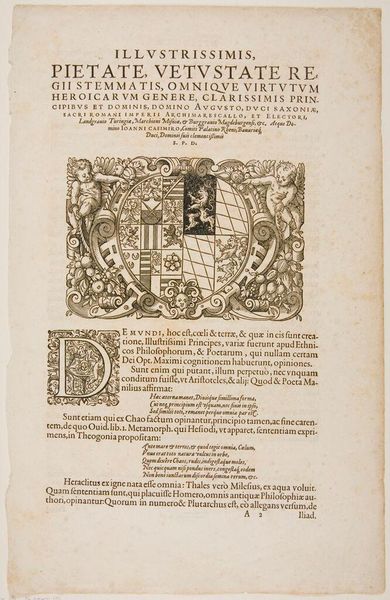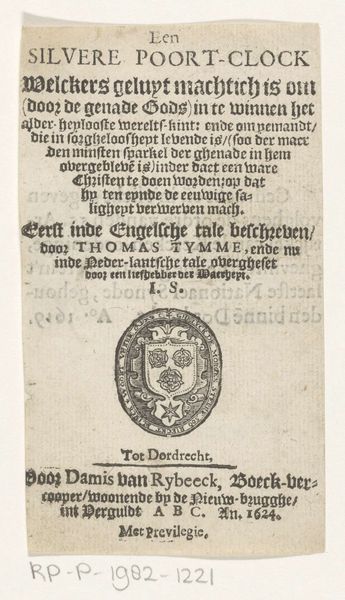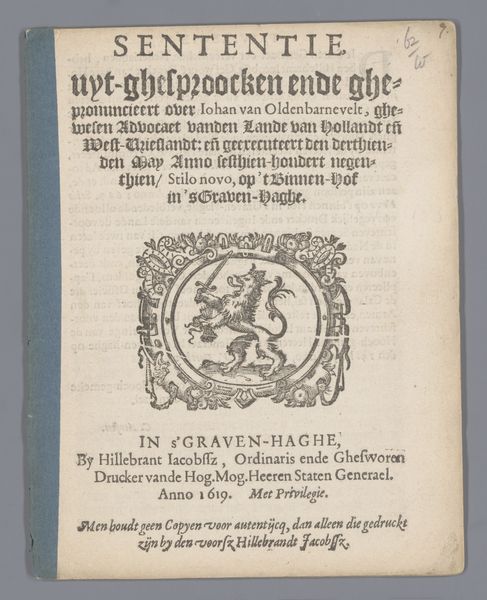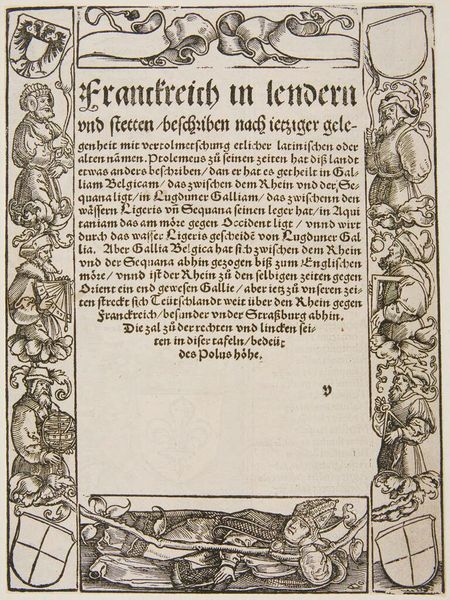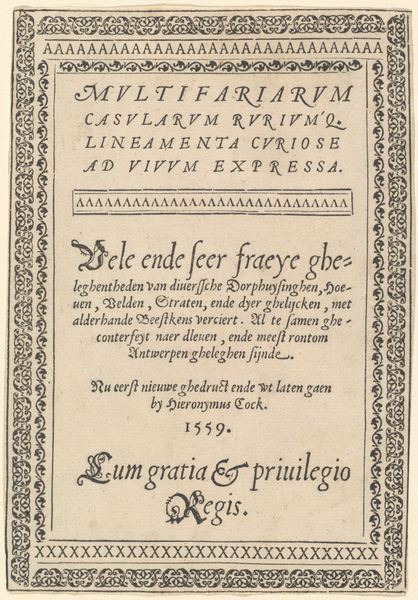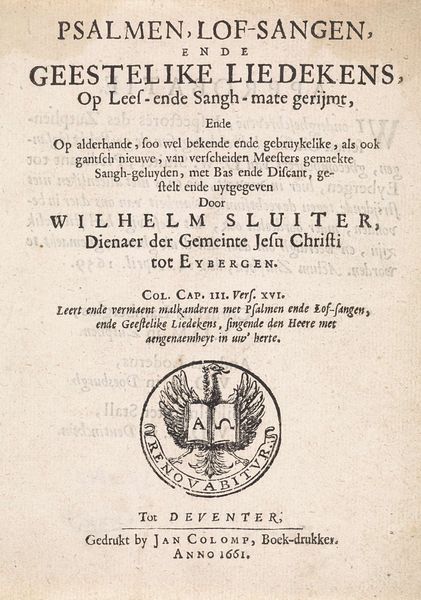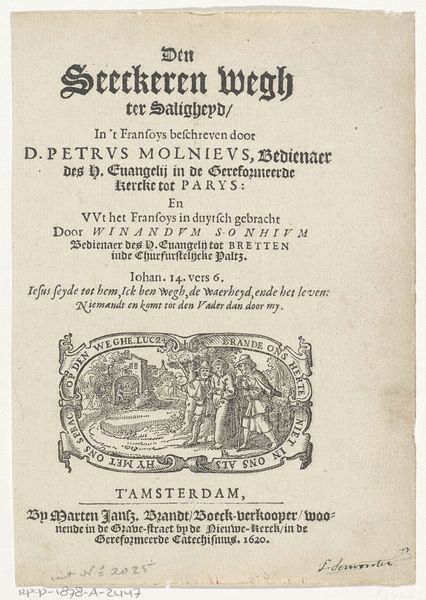
Cylinder Solaris concavus, das iÃt ein holer innwendinger Cylinder oder Seule Gemacht auf die Polus höhe 47.48.49....(Lauingen, J. Winter) 1615
0:00
0:00
Dimensions: sheet (unfolded): 18.6 x 25.7 cm (7 5/16 x 10 1/8 in.) platemark: 13.5 x 24.2 cm (5 5/16 x 9 1/2 in.) 3 dial sheet: 17 x 19.5 cm (6 11/16 x 7 11/16 in.) single dial sheet: 18.6 x 16.6 cm (7 5/16 x 6 9/16 in.) PPK Transit Box: 1.6 x 19.2 x 15.2 cm (5/8 x 7 9/16 x 6 in.)
Copyright: CC0 1.0
Editor: This print, "Cylinder Solaris concavus" by Georg Brentel the Younger, seems to be some sort of astronomical or mathematical treatise from 1615. It’s covered in dense text and decorative borders with cherubs. What historical narratives do you see at play here? Curator: This broadside, with its emphasis on timekeeping and celestial observation, speaks volumes about the period's worldview. Look at the way it synthesizes classical knowledge—references to Babylonians and Greeks—with contemporary German practices. This is about power, Editor. Who gets to define time? Who benefits from that control? Notice too how the text mentions "Judenstunden" or Jewish hours. How might this relate to the broader societal position of Jewish people in 17th-century Europe? Editor: So, it's not just about telling time, but about who controls that narrative and how it intersects with cultural and religious identities? Curator: Precisely. And that control extends to our understanding of the cosmos, the self, and our place within it.
Comments
No comments
Be the first to comment and join the conversation on the ultimate creative platform.
